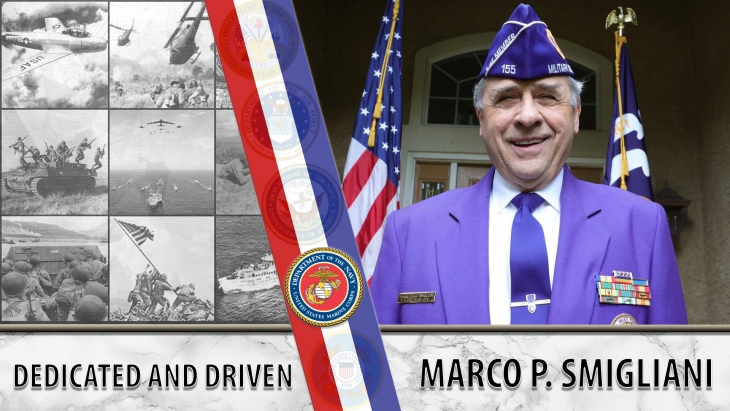
Marine Corps Veteran Marco Polo Smigliani received a Purple Heart for his service during the Vietnam War. He was a crew member of SS Columbia Eagle, the first American ship to be hijacked in 150 years.
Born in a small Italian town in 1948, Marco Polo Smigliani grew up in the aftermath of World War II. He later moved with his mother and siblings to Boston; his father had previously left Italy and moved to Argentina and then America in 1955. At age 13, Smigliani became an American citizen.
At 17, Smigliani joined the Merchant Marines. He travelled extensively around the world and brought artillery to Da Nang to help the war effort. There, he enlisted in the Marine Corps. He deployed to Vietnam in January 1969 as a machine gunner but only served 40 days of combat in Vietnam after being wounded five times in 11 days.
Smigliani joined Operation Dewey Canyon with the Alpha Company, 1st Battalion, 9th Regiment, known as “The Walking Dead.” While patrolling, his company discovered the abandoned North Vietnamese Army’s 88th Field Hospital. He called it “the biggest catch of the war” in an interview for the Veterans History Project: “We found literally thousands of rifles, machine guns, about 60 [to] 70 tons of rice, all kinds of mail.”
On Feb. 22, 1969, Smigliani and 165 other men were in the valley getting water when a three-sided ambush occurred, killing around 100 Marines. Unscathed, Smigliani noted this incident as his “baptism by fire.”
The next evening, Smigliani dove into a foxhole as a bomb exploded. Shrapnel embedded itself in the back of his head and neck, catching his shirt on fire. He was patched up but not airlifted out because of the need for men.
On March 4, Smigliani was shot in the arm. During the firefight, he attempted to patch himself up and resumed firing. He went to help a friend just as a rocket-propelled grenade (RPG) exploded, nearly severing his arm. Another group of Marines came to their aid and dispelled the enemy. Due to heavy fog and rain, Smigliani could not be transported to a hospital.
On March 6, while attempting to board a helicopter, he was kicked in the chest to avoid the chopper’s blades; the helicopter took off sideways due to sudden enemy RPG fire. During this incident, shrapnel embedded itself in Smigliani’s head, and he received a concussion. Finally, after making it aboard safely, he was taken to a Da Nang hospital.
Smigliani went to an Army hospital in Japan for two weeks and was operated on multiple times. He recovered for five months in Charleston, South Carolina, before serving five months of limited duty. He returned to Italy on leave, welcomed by his town as a war hero.
For his service, Smigliani received the Purple Heart, something he calls “the greatest honor to wear.” To him, however, “the ribbons are not important; it’s what they signify that’s important.”
In January 1970, Smigliani attended school in Brooklyn, New York. He upgraded from a seamaster to a quartermaster within the Merchant Marines and went to the Seafarers’ Union in Washington before joining SS Columbia Eagle in San Francisco.
On March 13, 1970, an alarm sounded to abandon ship, and the captain screamed for the crew to board lifeboats because the ship was going to explode. Smigliani dove into the South China Sea since his lifeboat had already been taken. SS Columbia Eagle disappeared, leaving its crewmembers at sea for two days. They sent up flares for help, and SS Rappahannock spotted them. Unsure if it was a ruse, they were rescued at gunpoint. Luckily, SS Rappahannock was an American ship, doing the exact task as SS Columbia Eagle: carrying napalm. After sending a telegram, SS Rappahannock discovered SS Columbia Eagle had been hijacked by two crew members. They forced the captain to send the alarm and threatened to detonate bombs if he did not comply, resulting in the first hijacking of an American ship in 150 years.
Smigliani was taken to an air force base and interrogated before being released. After negotiations, SS Columbia Eagle was returned. In the Philippines, the crew unloaded the napalm and headed back to San Francisco. After a couple of months, Smigliani went to Boston and continued working with the Merchant Marines.
Later, Smigliani became a deputy sheriff in Florida. He then worked in the casino business in Las Vegas for 15 years before moving to Atlantic City, New Jersey, and meeting his wife. Today, he is retired and lives in Atlantic City but visits his mother each year in Italy.
Smigliani has dedicated his life to helping Veterans by contributing to Vietnam Veterans of America, the Marine Corps Scholarship Foundation and the Atlantic County Veterans Advisory Board. He enjoys assisting Veterans and being their advocate. “I love Veterans because they have made a commitment that nobody else in America has,” he said. “They are owed greater debt and gratitude than they receive.”
We honor his service.
Writer: Katherine Berman
Editors: Julia Pack, Brooke Wolfenbarger
Researcher: Lia Sansoucy
Graphics: Katie Rahill
Topics in this story
More Stories
Bernie Webber led one of the greatest Coast Guard rescues in history that was later chronicled in the book and movie, “The Finest Hours.”
As the events of 9/11 unfolded, Marine Veteran Robert Darling served as a liaison between the Pentagon and Vice President Dick Cheney in the underground bunker at the White House.
NASA astronaut Neil Armstrong was the first person to walk on the moon. He was also a seasoned Naval aviator.

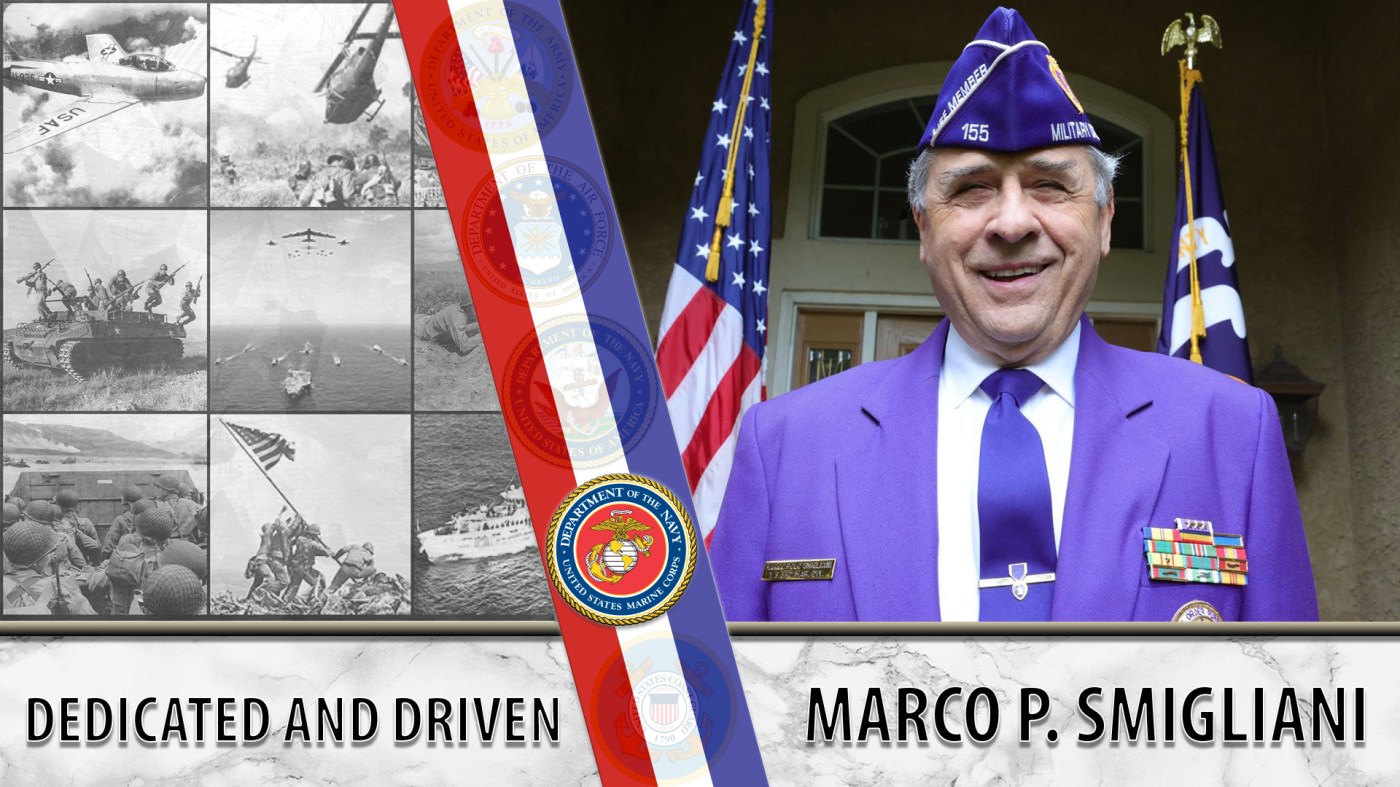
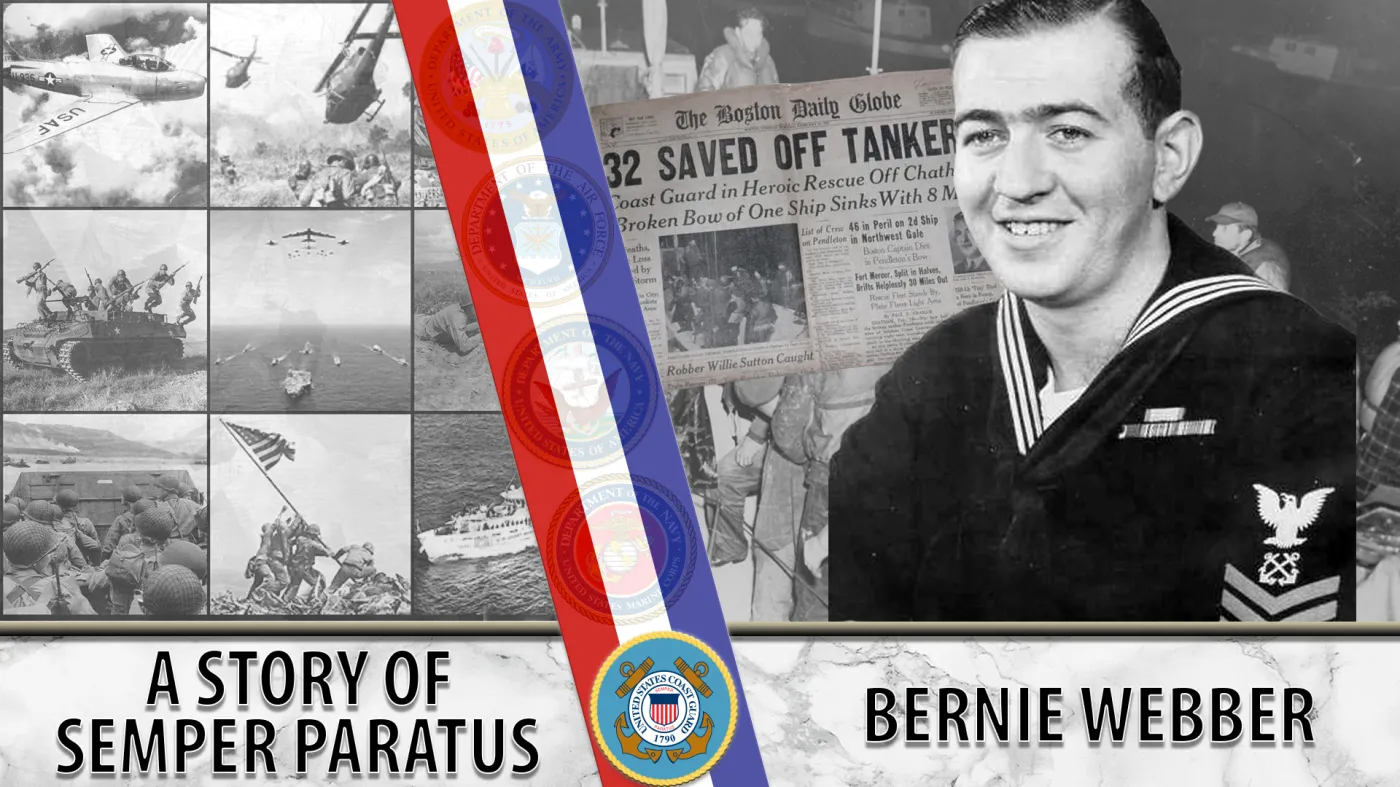
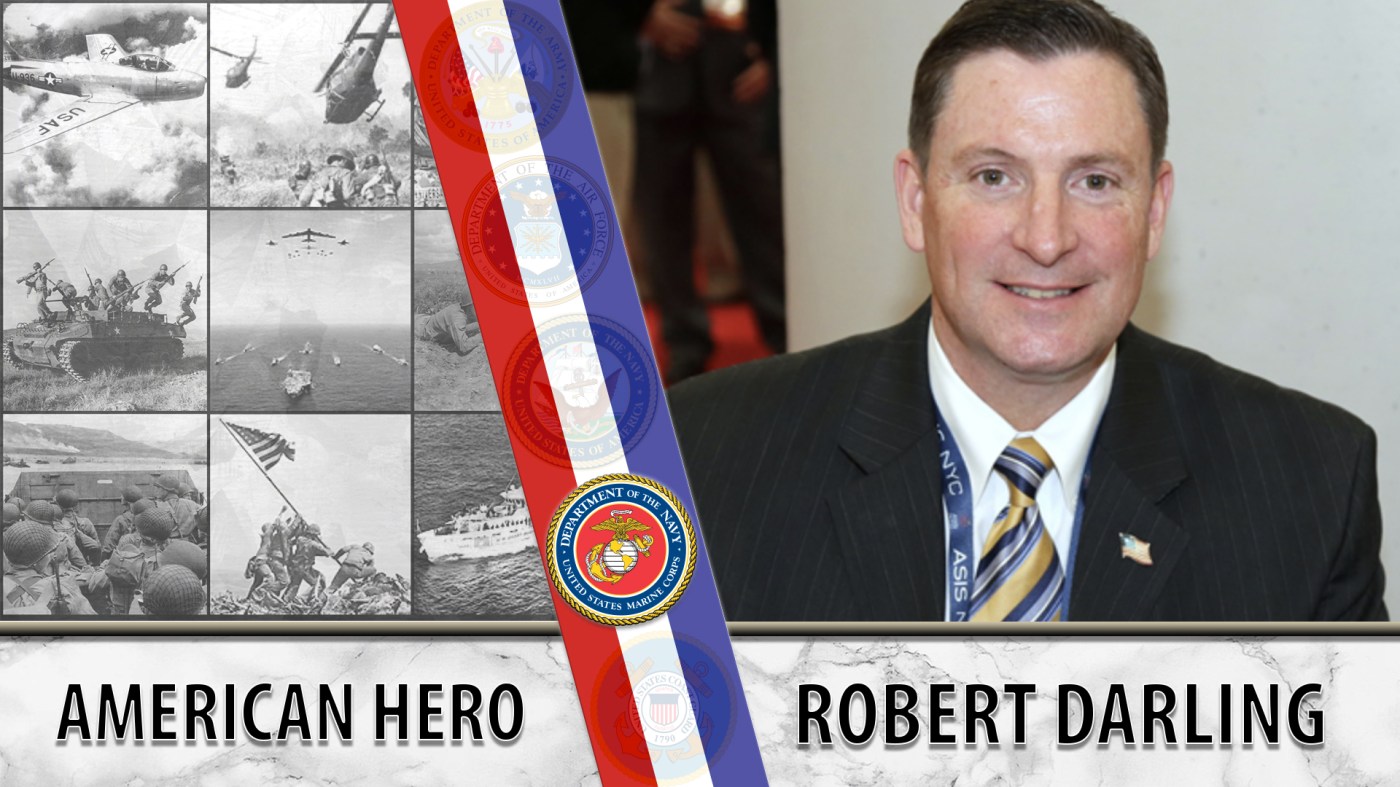
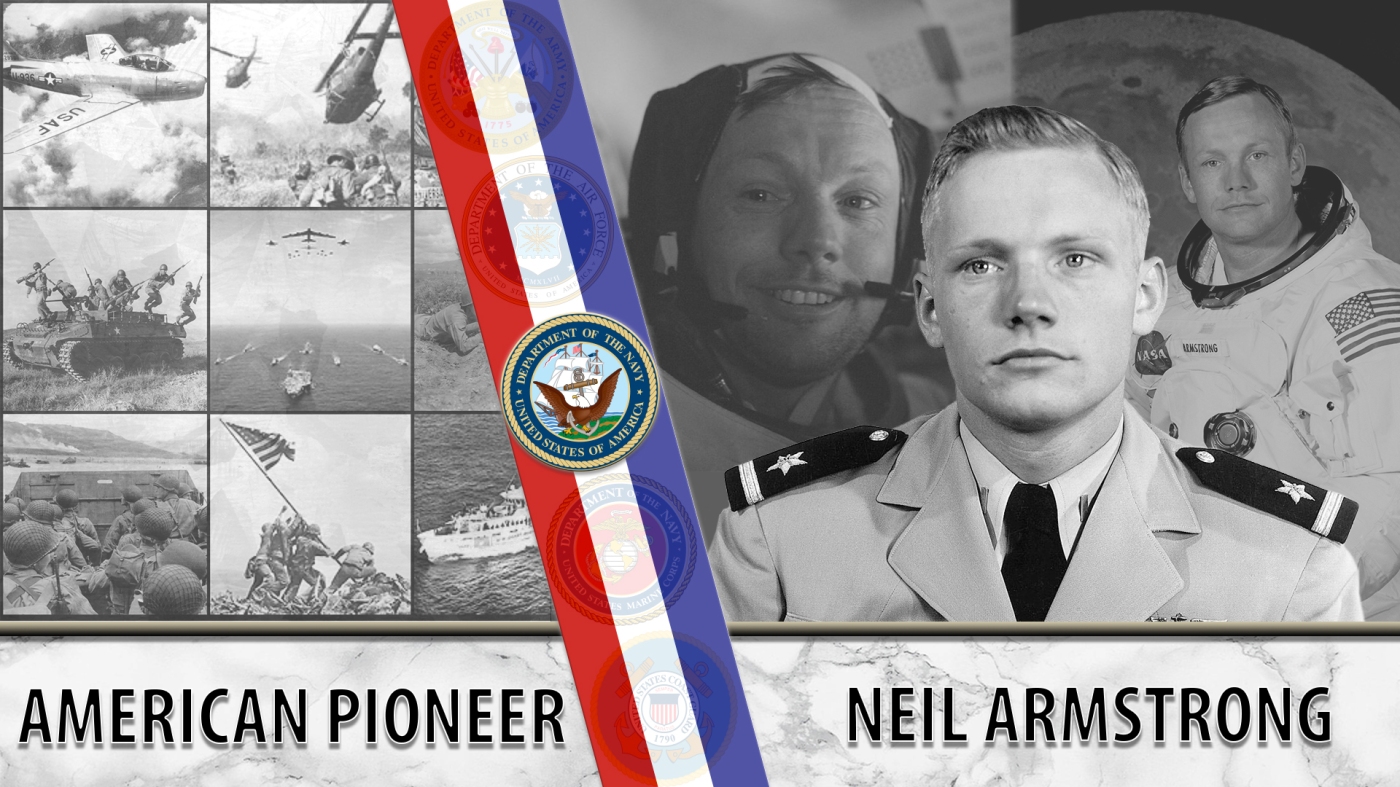


Outstanding article! Mr. Smigliani is a true American Hero! I also served in Operation Dewey Canyon with G 2/4 in 1969 and can relate to the intensity of some of the ambushes and firefights we experienced. 2/4 was a sister outfit to 1/9. Semper Fi!